Tetrahydroisoquinoline N-methyltransferase from Methylotenera Is an Essential Enzyme for the Biodegradation of Berberine in Soil Water
Abstract
:1. Introduction
2. Materials and Methods
2.1. Materials
2.2. Collection and Treatment of Water in Different Environments
2.3. HPLC Analysis of BBR
2.4. Degradation Experiment of BBR in Water Samples
2.5. 16s rDNA Sequencing of Soil Water Samples
2.6. Degradation of BBR by Isolated Bacterium
2.7. Genome Alignment and Homology Modeling
3. Results
3.1. BBR Is Degraded Only in Soil Water
3.2. The Effect of BBR on Bacterial Diversity of Soil Water
3.3. Isolated Bacteria Were Unable to Degrade BBR
3.4. Whole-Genome Alignment Identifies an Essential N-methyltransferase from Methylotenera
4. Discussion
5. Conclusions
Author Contributions
Funding
Institutional Review Board Statement
Informed Consent Statement
Data Availability Statement
Conflicts of Interest
Sample Availability
References
- Chen, L.; Zhu, L.; Chen, J. Crystal structure-guided design of berberine-based novel chitinase inhibitors. J. Enzym. Inhib. Med. Chem. 2020, 35, 1937–1943. [Google Scholar] [CrossRef] [PubMed]
- Mujtaba, M.A.; Akhter, M.H.; Alam, M.S. An Updated Review on Therapeutic Potential and Recent Advances in Drug Delivery of Berberine: Current Status and Future Prospect. Curr. Pharm. Biotechnol. 2022, 23, 60–71. [Google Scholar] [CrossRef]
- Othman, M.S.; Safwat, G.; Aboulkhair, M.; Moneim, A.E.A. The potential effect of berberine in mercury-induced hepatorenal toxicity in albino rats. Food Chem. Toxicol. 2014, 69, 175–181. [Google Scholar] [CrossRef] [PubMed]
- Jia, X.; Shao, W.; Tian, A.S. Berberine alleviates myocardial ischemia–reperfusion injury by inhibiting inflammatory response and oxidative stress: The key function of miR-26b-5p-mediated PTGS2/MAPK signal transduction. Pharm. Biol. 2022, 60, 652–663. [Google Scholar] [CrossRef] [PubMed]
- Jiao, W.J.-J. Herbicidal Spectrum, Absorption and Transportation, and Physiological Effect on Bidens pilosa of the Natural Alkaloid Berberine. Bidens Pilosa Nat. 2017, 65, 6100–6113. [Google Scholar]
- Ying, L.Y.-M. Evaluation of berberine as a natural fungicide: Biodegradation and antimicrobial mechanism. J. Asian Nat. Prod. Res. 2017, 20, 148–162. [Google Scholar]
- Fu, W.; Tian, G.; Pei, Q.; Ge, X.; Tian, P. Evaluation of berberine as a natural compound to inhibit peach brown rot pathogen Monilinia fructicola. Crop Prot. 2017, 91, 20–26. [Google Scholar] [CrossRef]
- Qin, W.; Song, Y.; Dai, Y.; Qiu, G.; Ren, M.; Zeng, P. Treatment of berberine hydrochloride pharmaceutical wastewater by O3/UV/H2O2 advanced oxidation process. Environ. Earth Sci. 2015, 73, 4939–4946. [Google Scholar] [CrossRef]
- Thakur, M.P.; Phillips, H.; Brose, U. Towards an integrative understanding of soil biodiversity. Biol. Rev. 2020, 95, 350–364. [Google Scholar] [CrossRef]
- Tudi, M.; Ruan, H.D.; Wang, L.; Lyu, J.; Sadler, R.; Connell, D.; Chu, C.; Phung, D. Agriculture Development, Pesticide Application and Its Impact on the Environment. Environ. Res. Public Health 2021, 18, 1112. [Google Scholar] [CrossRef]
- Liu, S.; Zhang, Y.; Zeng, P.; Wang, H.; Song, Y.; Li, J. Isolation and Characterization of a Bacterial Strain Capable of Efficient Berberine Degradation. Environ. Res. Public Health 2019, 16, 646. [Google Scholar] [CrossRef]
- Yoshida, H.; Takeda, H.; Wakana, D. Characterization of Burkholderia sp. strain CJ1, a newly isolated berberine-degrading bacterium from rhizosphere of Coptis japonica. Biosci. Biotechnol. Biochem. 2020, 84, 1299–1302. [Google Scholar] [CrossRef]
- Takeda, H.; Ishikawa, K.; Wakana, D. 11-Hydroxylation of protoberberine by the novel berberine-utilizing aerobic bacterium Sphingobium sp. strain BD3100. J. Nat. Prod. 2015, 78, 2880–2886. [Google Scholar] [CrossRef]
- Qiu, G.; Song, Y.-H.; Zeng, P.; Duan, L.; Xiao, S. Characterization of bacterial communities in hybrid upflow anaerobic sludge blanket (UASB)–membrane bioreactor (MBR) process for berberine antibiotic wastewater treatment. Bioresour. Technol. 2013, 142, 52–62. [Google Scholar] [CrossRef]
- Delorenzo, M.E.R. Toxicity of pesticides to aquatic microorganisms: A review. Environ. Toxicol. Chem. 2001, 20, 84–98. [Google Scholar] [CrossRef]
- Boricha, H.; Fulekar, M.H.J.R.B.L. Identification of Owenweeksia honkongenesis as a novel organism for the remediation of pesticide-fenvalerate. Rom. Biotechnol. Lett. 2010, 15, 5104–5110. [Google Scholar]
- Han, L.; Fang, K.; Liu, Y.; Fang, J.; Wang, F.; Wang, X. Earthworms accelerated the degradation of the highly toxic acetochlor S-enantiomer by stimulating soil microbiota in repeatedly treated soils. J. Hazard. Mater. 2021, 420, 126669. [Google Scholar] [CrossRef]
- Purahong, K.P. Influence of Different Forest System Management Practices on Leaf Litter Decomposition Rates, Nutrient Dynamics and the Activity of Ligninolytic Enzymes: A Case Study from Central European Forests. PLoS ONE 2014, 9, e93700. [Google Scholar]
- Strickland, M.S.; Lauber, C.; Fierer, N.; Bradford, M. Testing the functional significance of microbial community composition. Ecology 2009, 90, 441–451. [Google Scholar] [CrossRef]
- Torres, M.A.; Hoffarth, E.; Eugenio, L.; Savtchouk, J.; Chen, X.; Morris, J.S.; Facchini, P.J.; Ng, K.K.-S. Structural and Functional Studies of Pavine N-Methyltransferase from Thalictrum flavum Reveal Novel Insights into Substrate Recognition and Catalytic Mechanism. J. Biol. Chem. 2016, 291, 23403–23415. [Google Scholar] [CrossRef]
- Lang, D.E.; Morris, J.S.; Rowley, M.; Torres, M.A.; Maksimovich, V.A.; Facchini, P.J.; Ng, K.K. Structure–function studies of tetrahydroprotoberberine N -methyltransferase reveal the molecular basis of stereoselective substrate recognition. J. Biol. Chem. 2019, 294, 11482–14498. [Google Scholar] [CrossRef] [PubMed]
- Rgta, C.; Aab, B.; Icd, A.J.N.B. Microbial inoculum development for ameliorating crop drought stress: A case study of Variovorax paradoxus 5C-2. New Biotechnol. 2020, 56, 103–113. [Google Scholar]
- Sorensen, S.R.; Albers, C.N.; Aamand, J. Rapid Mineralization of the Phenylurea Herbicide Diuron by Variovorax sp. Strain SRS16 in Pure Culture and within a Two-Member Consortium. Appl. Environ. Microbiol. 2008, 74, 2332–2340. [Google Scholar] [CrossRef] [PubMed]
- Kalyuzhnaya, M.; Bowerman, S.; Lara, J.C.; Lidstrom, M.E.; Chistoserdova, L. an obligately methylamine-utilizing bacterium within the family Methylophilaceae. Int J Syst Evol Microbiol. Int. J. Syst. Evol. Microbiol. 2007, 56, 2819–2823. [Google Scholar] [CrossRef]
- Beck, D.A.C.; Hendrickson, E.L.; Vorobev, A.; Wang, T.; Lim, S.; Kalyuzhnaya, M.G.; Lidstrom, M.E.; Hackett, M.; Chistoserdova, L. An Integrated Proteomics/Transcriptomics Approach Points to Oxygen as the Main Electron Sink for Methanol Metabolism in Methylotenera mobilis. J. Bacteriol. 2011, 193, 4758–4765. [Google Scholar] [CrossRef] [Green Version]
- Idomeh, J.E.; Shittu, O.B.; Oyedepo, J.A.; Bada, B.S.; Balogun, S.A.; Idomeh, F.A.; Ezenweani, R.S. Petroleum Hydrocarbon Impacted Aquatic Ecosystem Reveals Methylotenera as the Dominant Genera in the Niger Delta Region of Nigeria. Geomicrobiol. J. 2021, 38, 879–894. [Google Scholar] [CrossRef]
- Wang, M.; Deng, B.; Fu, X.; Sun, H.; Xu, Z. Characterizations of microbial diversity and machine oil degrading microbes in machine oil contaminated soil. Environ. Pollut. 2019, 255, 113190. [Google Scholar] [CrossRef]
- Grinsven, S.V.; Damsté, J.S.S.; Harrison, J. Nitrate promotes the transfer of methane-derived carbon from the methanotroph Methylobacter sp. to the methylotroph Methylotenera sp. in eutrophic lake water. Limonlogy Oceanogr. 2020, 66, 878–891. [Google Scholar] [CrossRef]
- Segura, A.; Udaondo, Z.; Microbiology, L.M.J.E. PahT regulates carbon fluxes in Novosphingobium sp. HR1a and influences its survival in soil and rhizospheres. Environ. Microbiol. 2021, 23, 2969–2991. [Google Scholar] [CrossRef]
- Cong, C.; Zhou, W.; Xu, D. Genomic Analysis of Delftia tsuruhatensis Strain TR1180 Isolated From A Patient From China With In4-Like Integron-Associated Antimicrobial Resistance. Front. Cell Infect. Microbiol. 2021, 11, 663933. [Google Scholar]
- Yang, F.; Feng, H.; Massey, I.Y.; Huang, F.; Guo, J.; Zhang, X. Genome-Wide Analysis Reveals Genetic Potential for Aromatic Compounds Biodegradation of Sphingopyxis. BioMed Res. Int. 2020, 2020, 5849123. [Google Scholar] [CrossRef] [PubMed]
- Liscombe, D.K.; Ziegler, J.; Schmidt, J. Targeted metabolite and transcript profiling for elucidating enzyme function: Isolation of novel N-methyltransferases from three benzylisoquinoline alkaloid-producing species. Plant J. 2009, 60, 729–743. [Google Scholar] [CrossRef] [PubMed]
- Liscombe, D.K.; Facchini, P.J. Molecular cloning and characterization of tetrahydroprotoberberine cis-N-methyltransferase, an enzyme involved in alkaloid biosynthesis in opium poppy. J. Biol. Chem. 2007, 282, 14741. [Google Scholar] [CrossRef] [PubMed] [Green Version]
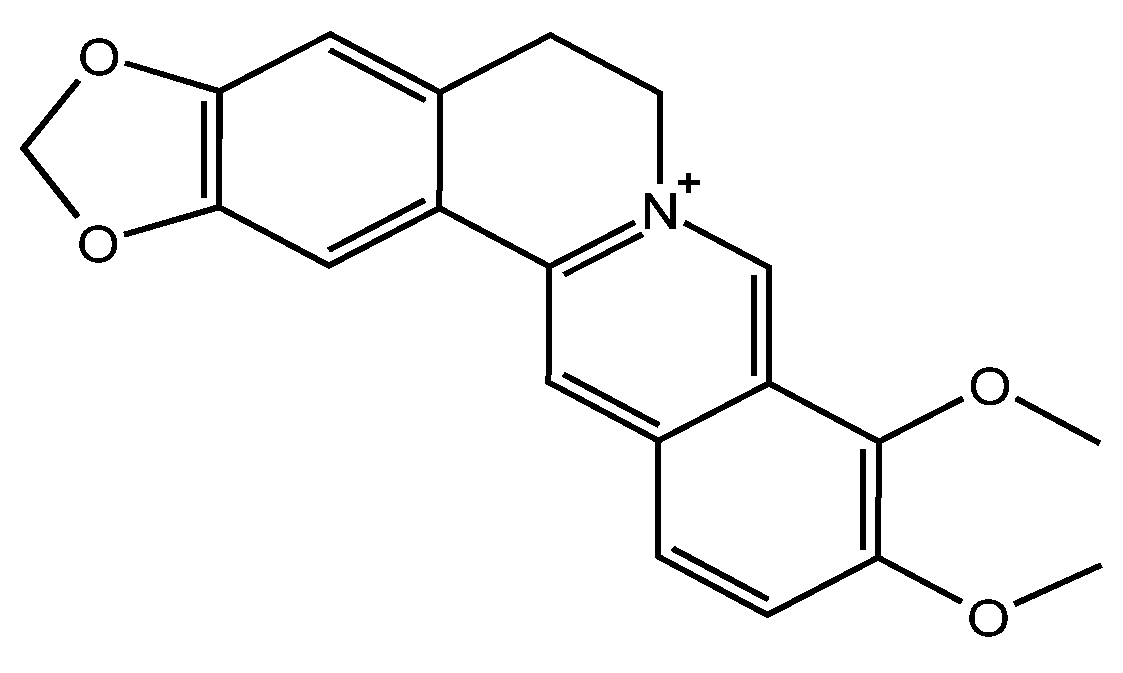
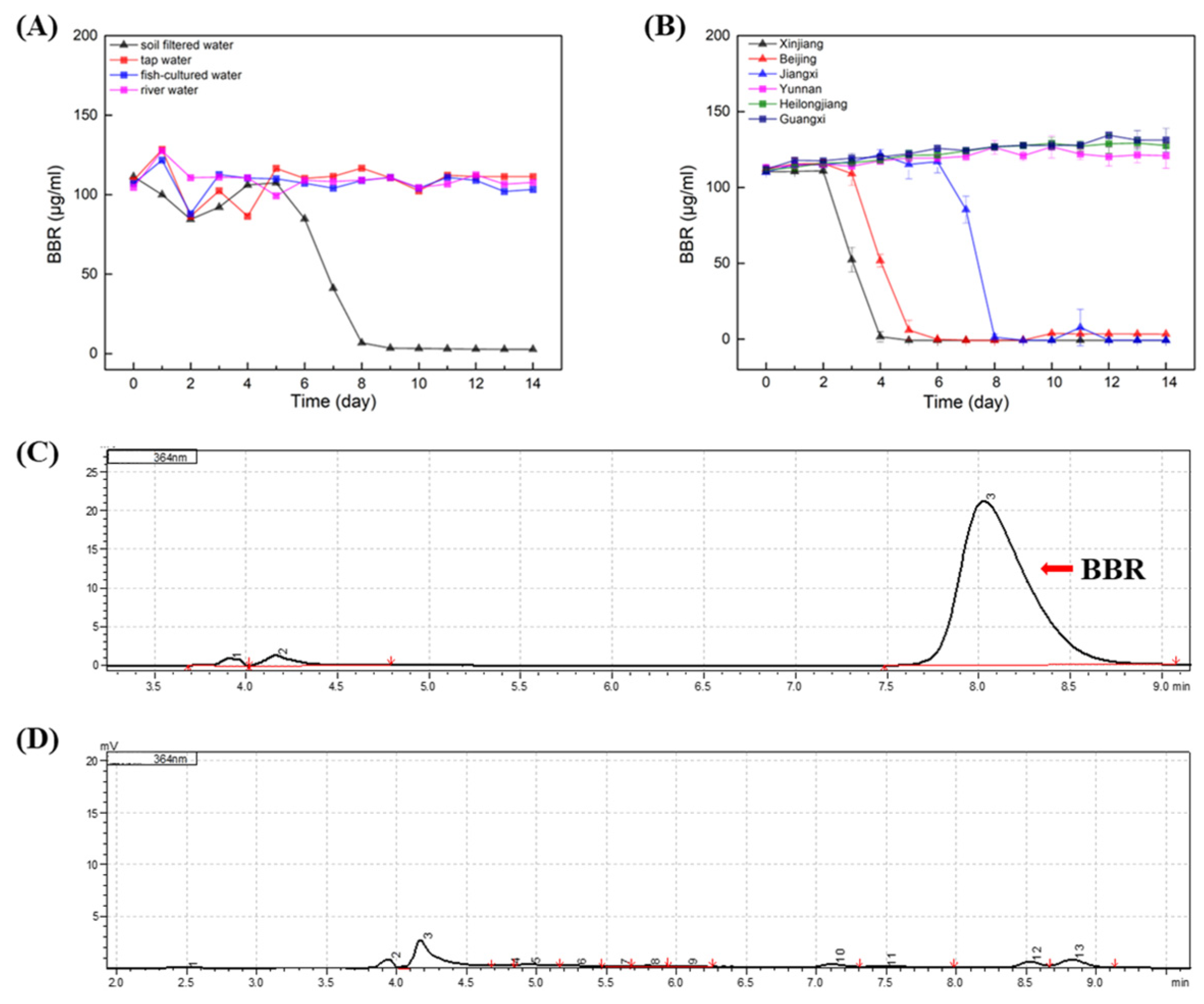

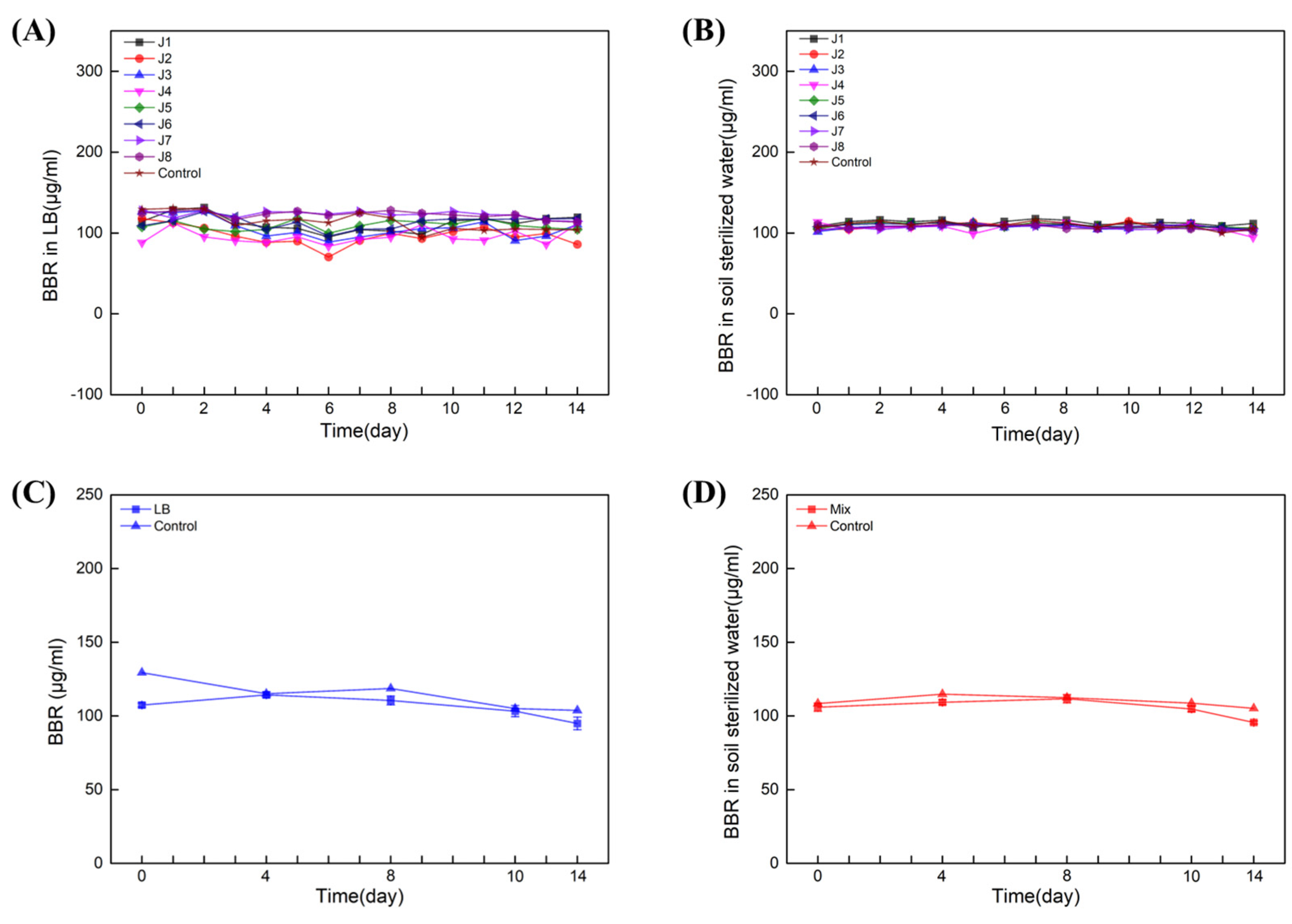
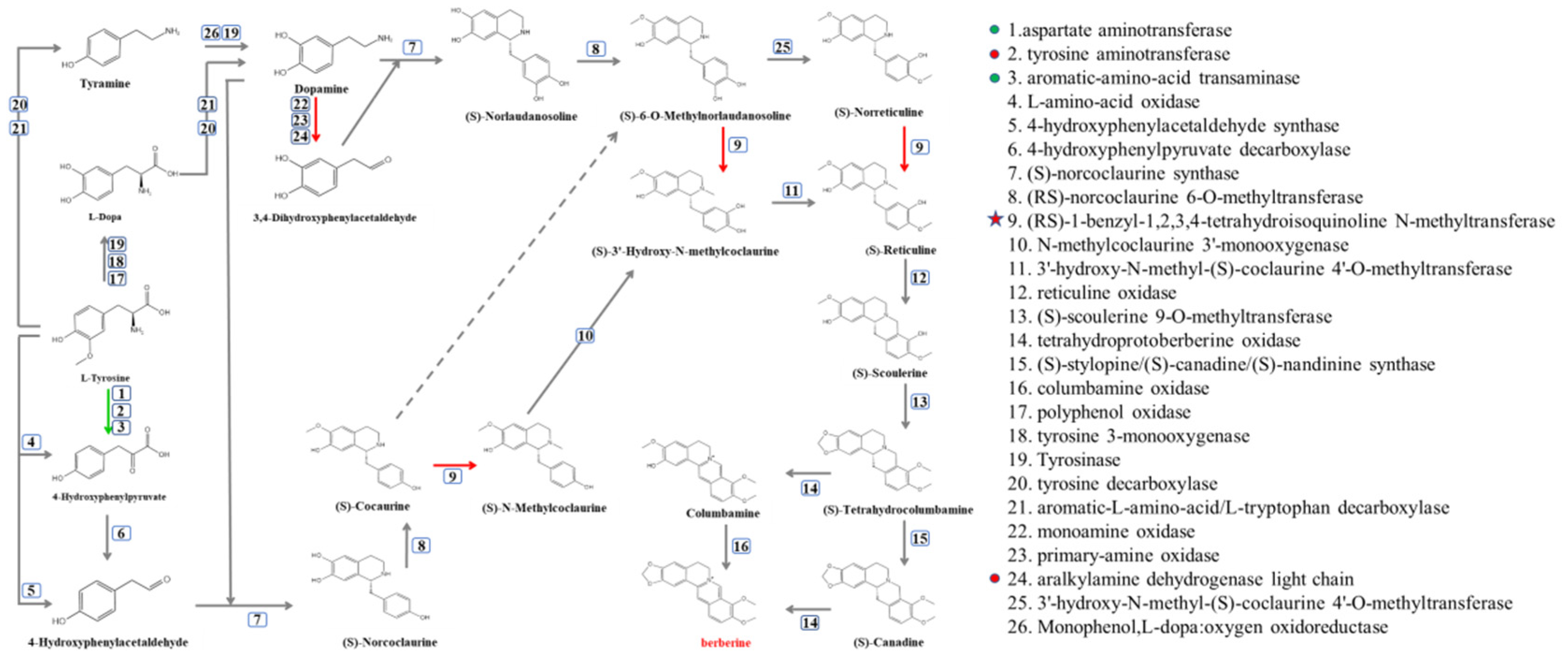

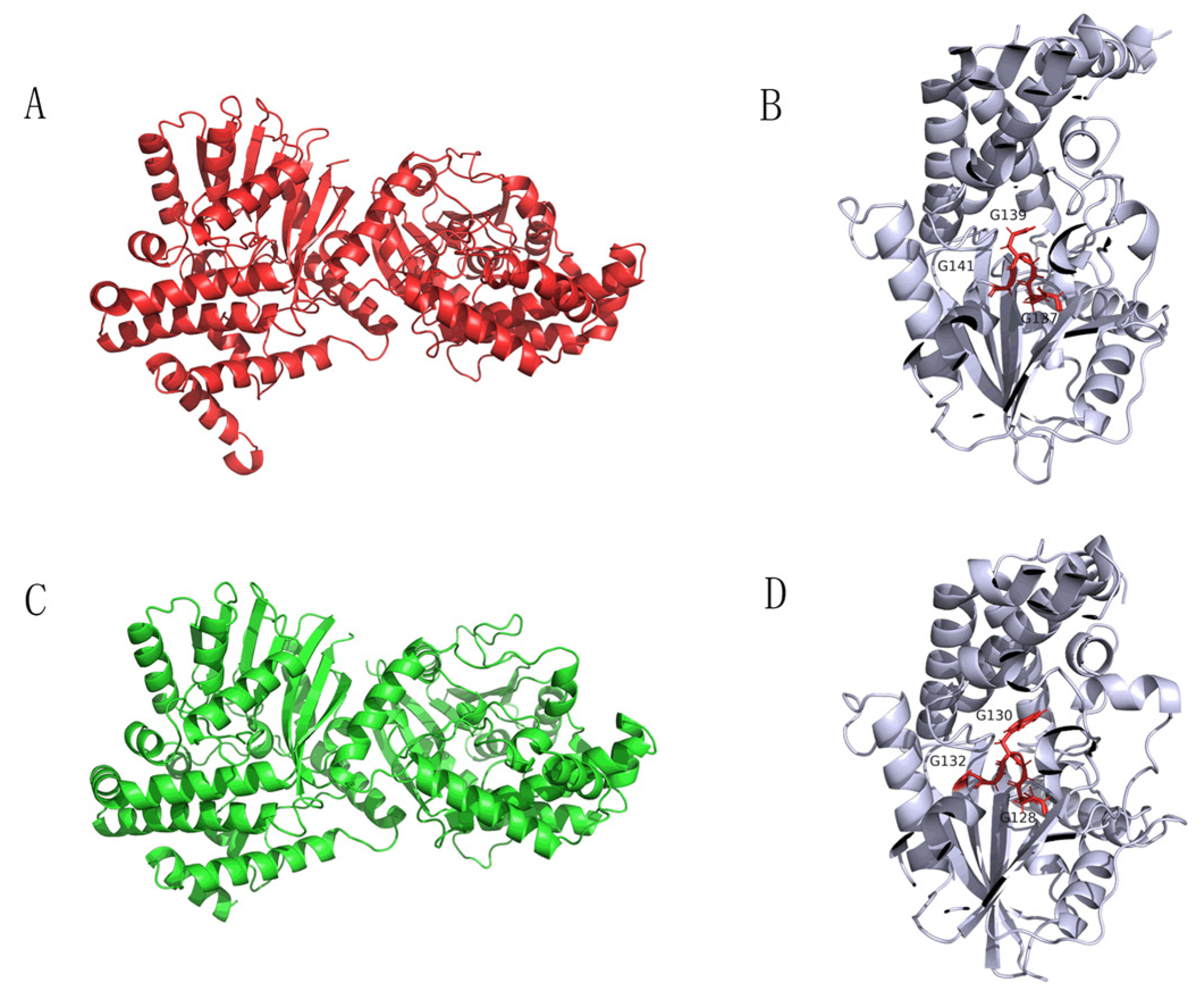
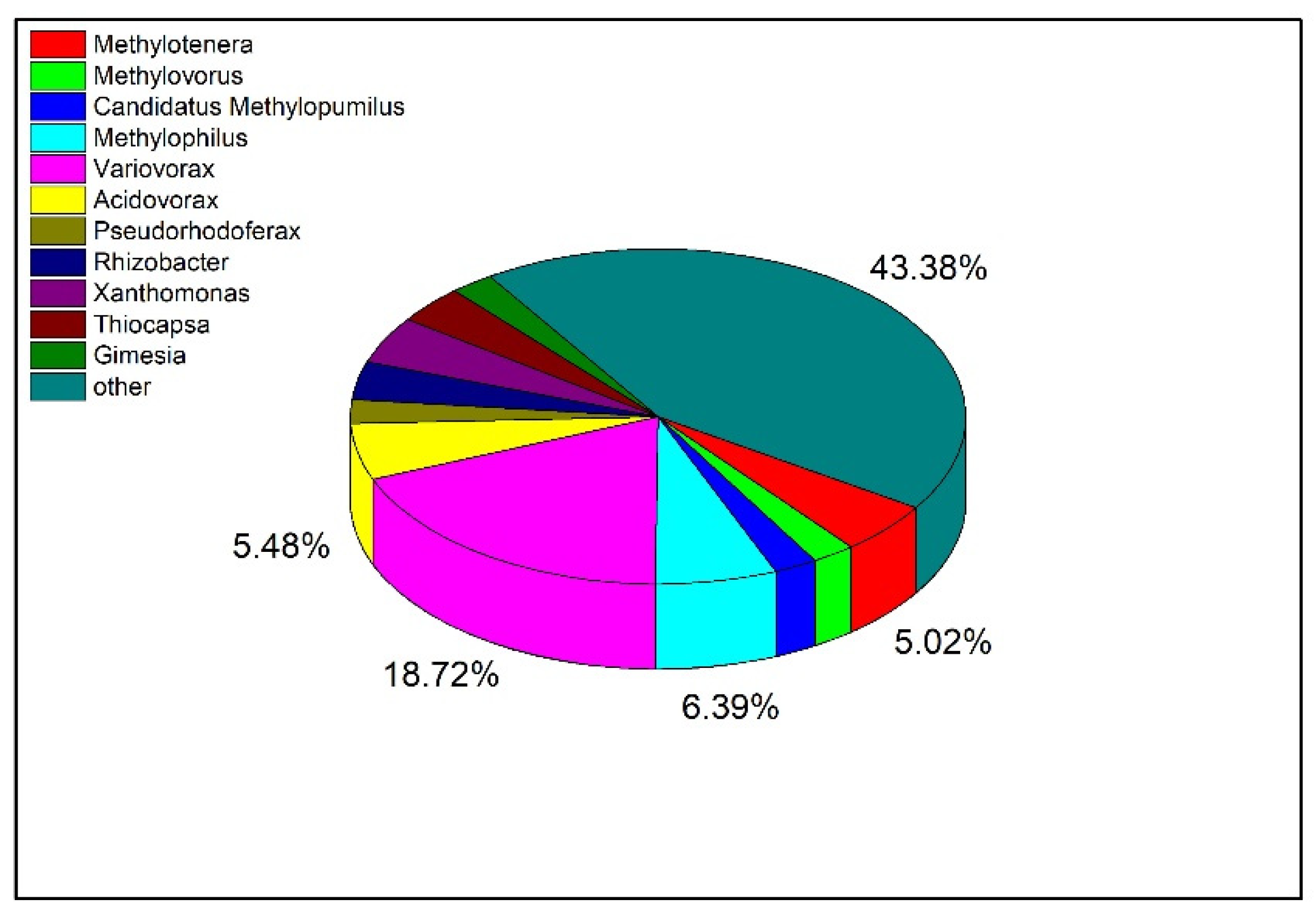
| Bacteria | Genus |
|---|---|
| J1 | Pseudomonas sp. confirmed |
| J2 | Sphingobacterium sp. |
| J3 | Pseudomonas sp. |
| J4 | Sphingobacterium sp. |
| J5 | Agrobacterium sp. |
| J6 | Pseudomonas sp. |
| J7 | Pseudomonas sp. |
| J8 | Pseudomonas sp. |
Publisher’s Note: MDPI stays neutral with regard to jurisdictional claims in published maps and institutional affiliations. |
© 2022 by the authors. Licensee MDPI, Basel, Switzerland. This article is an open access article distributed under the terms and conditions of the Creative Commons Attribution (CC BY) license (https://creativecommons.org/licenses/by/4.0/).
Share and Cite
He, R.; Cui, Y.; Li, Y.; Ge, X. Tetrahydroisoquinoline N-methyltransferase from Methylotenera Is an Essential Enzyme for the Biodegradation of Berberine in Soil Water. Molecules 2022, 27, 5442. https://doi.org/10.3390/molecules27175442
He R, Cui Y, Li Y, Ge X. Tetrahydroisoquinoline N-methyltransferase from Methylotenera Is an Essential Enzyme for the Biodegradation of Berberine in Soil Water. Molecules. 2022; 27(17):5442. https://doi.org/10.3390/molecules27175442
Chicago/Turabian StyleHe, Runying, Yao Cui, Ying Li, and Xizhen Ge. 2022. "Tetrahydroisoquinoline N-methyltransferase from Methylotenera Is an Essential Enzyme for the Biodegradation of Berberine in Soil Water" Molecules 27, no. 17: 5442. https://doi.org/10.3390/molecules27175442






